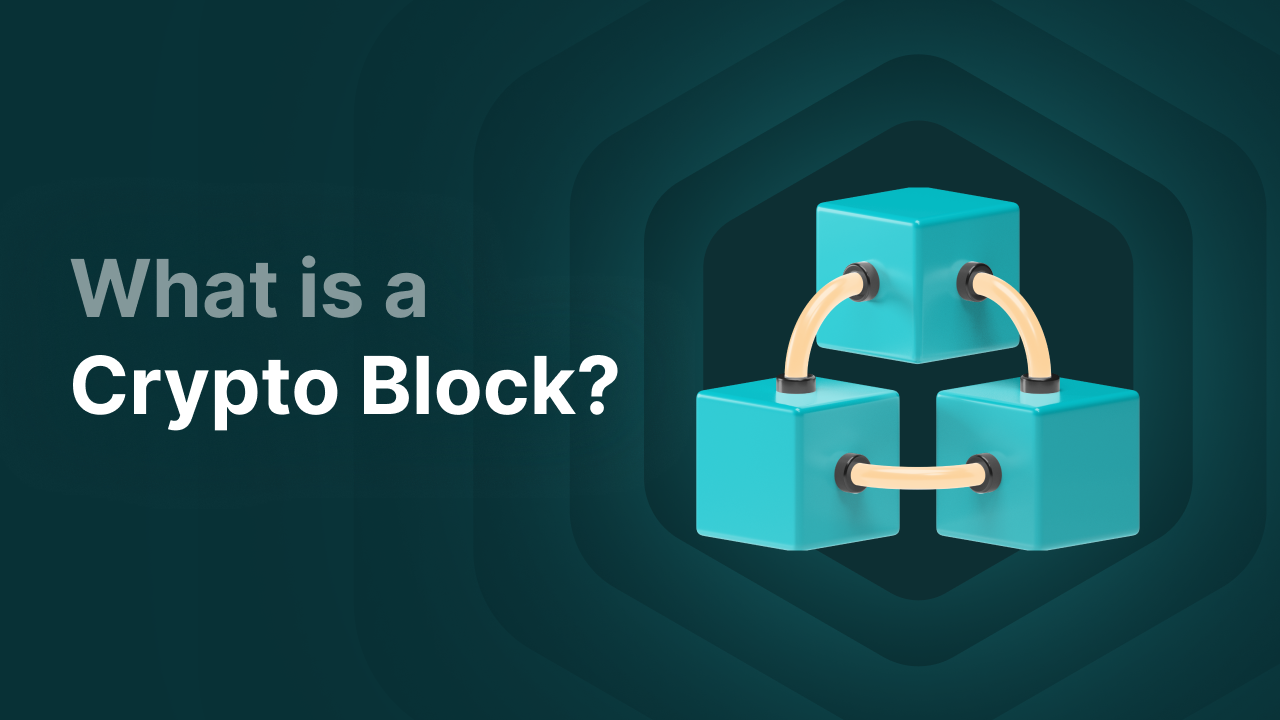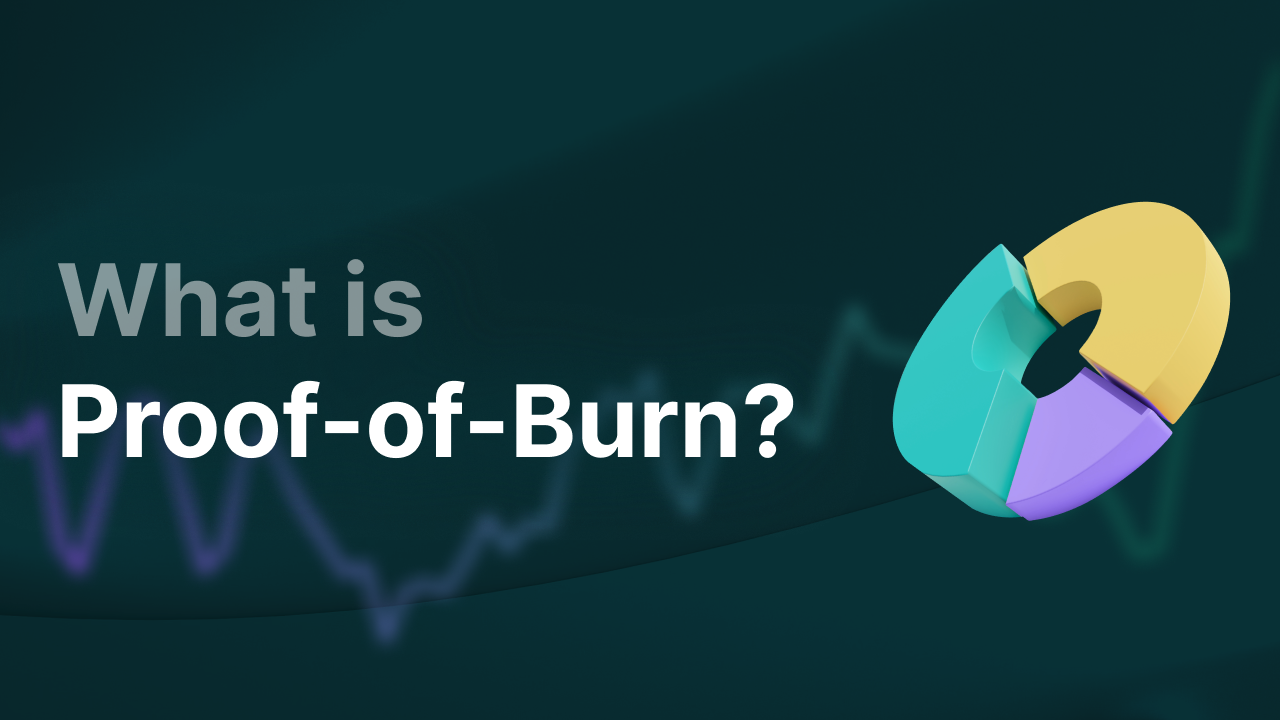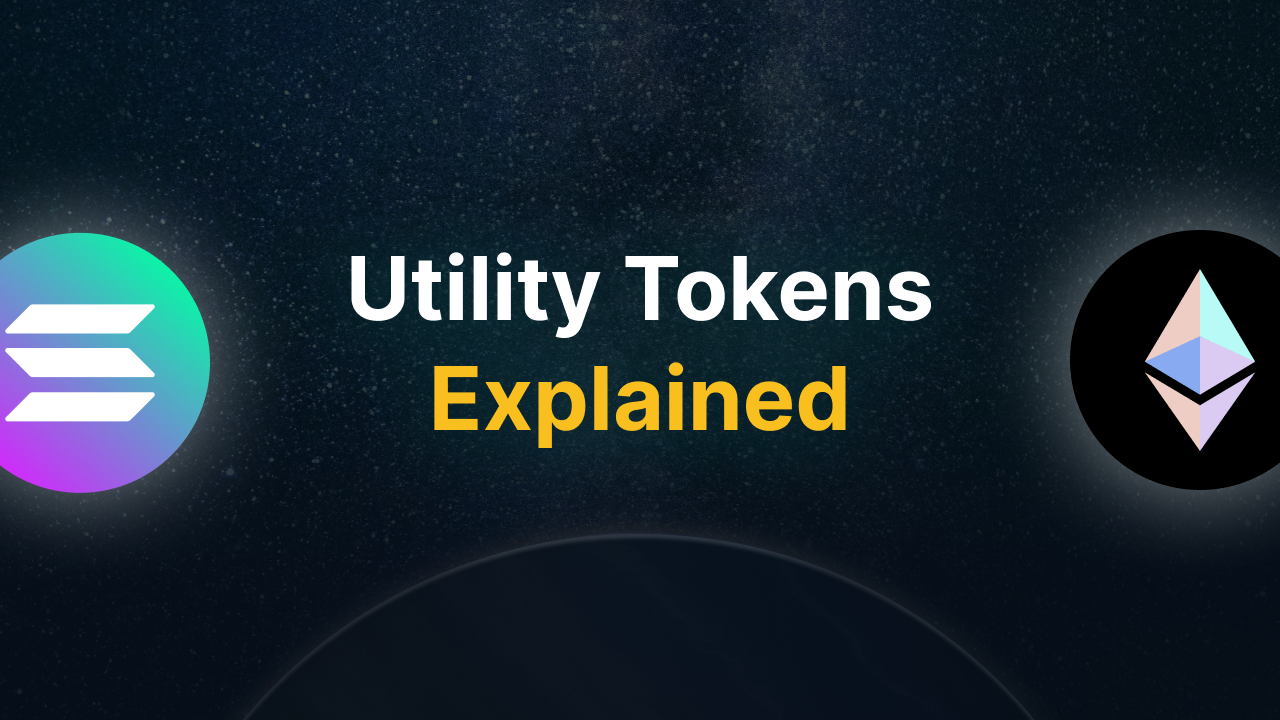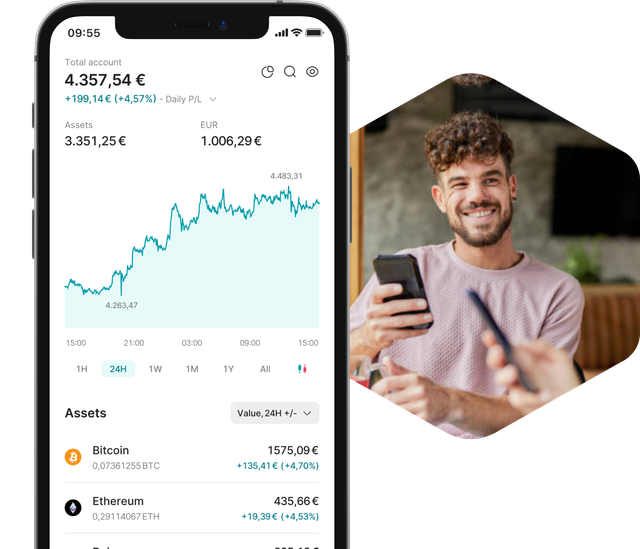What does it mean to go long and short in crypto?

What does it mean to go long and short in crypto?
Going long and short are investment strategies where an investor in stocks or crypto anticipates market price movements. In a long position, the investor expects the price to rise, while in a short position, the investor expects the price to fall. Going long and short in crypto are therefore ways in which an investor tries to profit from price increases or decreases of Bitcoin, Ethereum, or other altcoins.
Key Takeaways
- Going long means buying crypto in anticipation of a price increase and selling later at a profit.
- Going short means speculating on a price decline by selling borrowed crypto and buying it back cheaper later.
- Long is more popular among beginners, while short is more complex and involves more risk.
- With leverage, you can open larger positions than your own capital, but it also increases the risk of loss or liquidation.
- A short squeeze occurs when many short positions are closed simultaneously, causing the price to rise rapidly.
- Tools to go long or short include spot trading, margin trading, futures, perpetuals, and options.
- Risk management is crucial: use a stop-loss, don’t trade with money you can’t afford to lose, and stick to a pre-set plan.
What does it mean to go long?
Going long or taking a long position in crypto means making an investment in a cryptocurrency because you expect the price to rise. This is the most common way of investing in crypto or stocks, with the familiar idea: Buy low, sell high. For example, when you buy one whole Bitcoin at €80,000 and sell it later at €100,000: your profit is €20,000 (excluding fees). This strategy is mainly used by beginner investors, as it doesn’t require extra tools or extensive knowledge.
How does going long work?
Going long or taking a long position is fairly simple:
- You buy a cryptocurrency when you believe the price is relatively low or expect it to rise in the future.
- You hold the position until the price increases.
- You (hopefully) sell your long position at a profit.
When can you go long?
You can go long when you expect the price to rise, for example when market sentiment is bullish and there is an upward trend. You can also use technical analysis or fundamental analysis to form a forecast of what the price might do.
An extreme version of going long is HODLing, where you buy and hold a cryptocurrency long term, regardless of price movement. This long strategy is popular with people who believe in the potential of Bitcoin or other crypto coins.
What does it mean to go short?
Going short (short selling) or taking a short position in crypto means you expect the price to fall and sell a cryptocurrency you don’t own. How do you sell a coin you don’t own? You borrow it from an exchange or broker, sell it, and buy it back later (hopefully at a lower price). The difference is your profit: you bought the crypto back cheaper.
Example:
You expect the Ethereum price to drop from €2,000 to €1,800. You short 1 ETH. You sell that 1 ETH for €2,000 (borrowed from the broker). If the price indeed drops to €1,800, you buy back the Ethereum and return it. Your profit? €200 (minus trading fees).
When can an investor go short?
You can take a short position if you expect the price to drop, for example when the market sentiment is bearish and there's a downward trend. This happens, for instance, after bad news, such as a hack or negative regulations, or when your technical analysis signals a correction.
What is a short squeeze?
A short squeeze is the phenomenon where many traders go short on a coin, but the price suddenly rises sharply. As a result, some short traders are forced to close their position (because their collateral is too low), meaning they have to buy back the coin, increasing demand and pushing the price even higher, leading to more closed shorts. A well-known example is the GameStop story in 2021, where the price rose by more than 2,300% in a month.
What is a long squeeze?
A long squeeze is the exact opposite of a short squeeze. This occurs when many traders have taken long positions on a coin, but the price drops unexpectedly. Since these traders often use borrowed money (leverage), their collateral may become insufficient. They are then forced to close their positions, meaning they have to sell their crypto. This extra selling pressure causes the price to drop further, leading to more forced selling. This can trigger a chain reaction in which the price drops rapidly in a short period. A long squeeze often occurs during panic or unexpected bad news.
What is the difference between going long and going short?
We’ve summarized the key differences in a clear table:
What tools can you use for long and short positions?
There are several ways to go long or short. Some methods are more complex and require more experience, while others are riskier and require more risk tolerance.
- Spot trading: This is the classic way of buying and holding crypto on exchanges and brokers like Finst, where you can place market and limit orders. You can only take a long position with this method.
- Margin trading: With margin trading, you borrow money or crypto to open larger positions. This allows for higher profits, but also increases the risk of larger losses if the price moves the wrong way. Your positions may be liquidated.
- Futures: With futures or derivatives, you can enter a contract to buy or sell crypto on a specific date without owning the coin.
- Perpetuals: A variant of futures but without an expiration date. You pay a funding rate to keep your positions open.
- Options: With call or put options, you buy the right (but not the obligation) to buy or sell crypto at a certain price. You pay a premium for this, which is also your maximum loss.
What is leverage in crypto?
Leverage in crypto allows you to trade with more money than you actually own. For example, with 10x leverage and €100, you can open a position worth €1,000. This way you can make more profit, but also more loss. Your stake can be fully liquidated if your prediction (long or short) goes the wrong way. Here's an easy example:
You invest €100 with 10x leverage, so your position is worth €1,000.
- If the price increases by 5%, you have an (unrealized) profit of €50.
- If the price decreases by 5%, you have an (unrealized) loss of €50.
- If the price drops by 10%, your position drops €100 and because that was your initial stake, your position is fully liquidated and you lose everything.
Using leverage in crypto can be profitable due to market volatility but is also very risky. If you want to trade with leverage, be aware of the risks and have solid risk management.
What is the long/short ratio?
The long/short ratio shows how many traders on an exchange are long or short on a particular coin. Are there more longs than shorts? Then market sentiment is mostly bullish. More shorts? Then traders expect a price drop and sentiment is bearish. If it’s balanced, the sentiment is neutral or unclear.
You can use this ratio as an additional tool to assess whether it’s a good time to enter the market, but always consider it as one of many tools. Don’t rely on this number alone.
What are the risks of going long and short?
Due to the crypto market's volatility, trading with long and short positions can be even riskier.
- Risk of liquidation: In margin trades, positions can be automatically closed if the price moves against you. You could lose your entire position.
- Short squeeze: If many traders close their short positions simultaneously, the price can rise sharply and many short traders may lose their capital.
- Unlimited loss: In a short position, you could theoretically lose unlimited amounts. For instance, if the price keeps rising and you wait for a drop to buy back your position. If it keeps rising, your loss increases indefinitely.
- FOMO or emotional trading: If you trade without a plan and act based on FOMO or emotion, you might make the wrong choices and lose money.
How can you manage risks?
If you're aware of the risks, you can manage them with good risk management. Here are some tips:
- Use a stop-loss: Automatically close your positions at a loss to prevent further loss.
- Only trade with money you can afford to lose.
- Limit the use of leverage: Start with 2x or 3x, or even avoid leverage entirely to minimize risk.
- Make a plan: Make sure you have a strategy outlining where you enter, exit, and take profits. Most importantly: stick to it.
- Diversify: Don’t put all your money into one coin or trade.
Final thoughts
Going long and short in crypto are strategies to capitalize on market movements, both upward and downward. While going long is more accessible to beginner investors, shorting requires more knowledge, experience, and risk management. Tools like margin trading and leverage can increase your profit potential, but also significantly amplify your risks. That’s why it's essential to be well-informed, have a clear plan, and only trade with money you can afford to lose. Responsible trading starts with understanding both the opportunities and the dangers.




